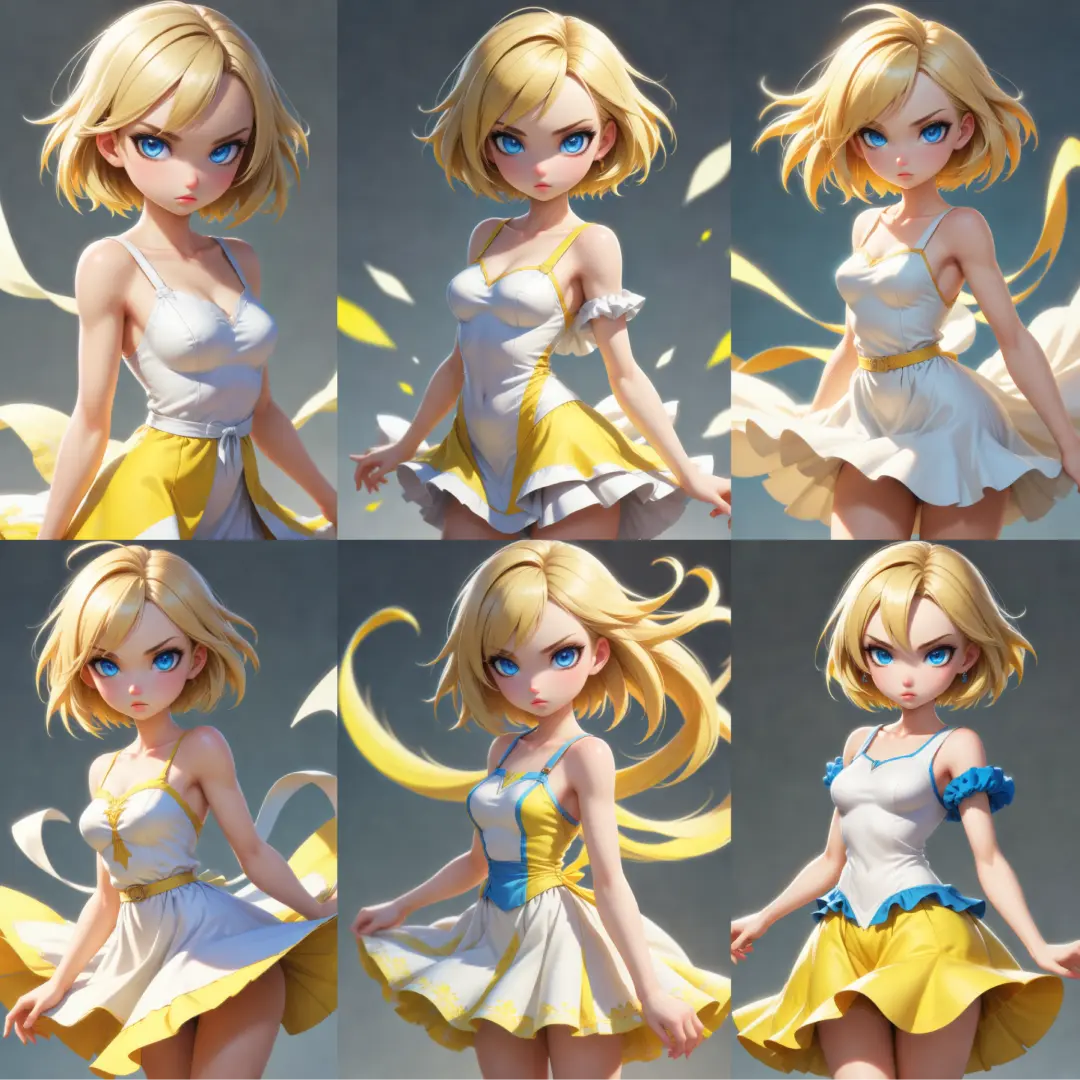ComfyUI Node: LoadDepthModel
LoadDepthModel
CategoryComputerVision/Transformers/DepthEstimation
kadirnar (Account age: 2614days) Extension
ComfyUI-Transformers Latest Updated
2024-06-22 Github Stars
0.02K
How to Install ComfyUI-Transformers
Install this extension via the ComfyUI Manager by searching for ComfyUI-Transformers- 1. Click the Manager button in the main menu
- 2. Select Custom Nodes Manager button
- 3. Enter ComfyUI-Transformers in the search bar
Visit ComfyUI Online for ready-to-use ComfyUI environment
- Free trial available
- 16GB VRAM to 80GB VRAM GPU machines
- 400+ preloaded models/nodes
- Freedom to upload custom models/nodes
- 200+ ready-to-run workflows
- 100% private workspace with up to 200GB storage
- Dedicated Support
LoadDepthModel Description
Facilitates loading pre-trained depth estimation models for generating depth maps in computer vision tasks.
LoadDepthModel:
The LoadDepthModel node is designed to facilitate the loading of pre-trained depth estimation models, which are essential for generating depth maps from images. Depth maps are crucial in various computer vision tasks, such as 3D reconstruction, augmented reality, and scene understanding. This node leverages models from the Hugging Face Transformers library, ensuring high-quality and reliable depth estimation. By using this node, you can seamlessly integrate advanced depth estimation capabilities into your AI art projects, enabling more sophisticated and realistic visual effects.
LoadDepthModel Input Parameters:
model_name
The model_name parameter specifies the pre-trained depth estimation model to be loaded. You can choose from a list of available models, each offering different performance characteristics and suited for various tasks. The available options are "Intel/dpt-hybrid-midas", "LiheYoung/depth-anything-small-hf", and "facebook/dpt-dinov2-small-nyu". The default value is "Intel/dpt-hybrid-midas". Selecting the appropriate model can impact the accuracy and quality of the depth maps generated, so consider the specific requirements of your project when making a choice.
LoadDepthModel Output Parameters:
DEPTH_MODEL
The DEPTH_MODEL output is the loaded depth estimation model. This model is used to process images and generate depth maps, which represent the distance of objects from the camera. The depth model is a crucial component for tasks that require an understanding of the spatial arrangement of objects within a scene.
IMAGE_PROCESSOR
The IMAGE_PROCESSOR output is the image processor associated with the selected depth estimation model. This processor is responsible for preparing and preprocessing images before they are fed into the depth model. Proper image processing ensures that the input images are in the correct format and optimized for accurate depth estimation.
LoadDepthModel Usage Tips:
- Choose the
model_namebased on the specific requirements of your project. For instance, if you need high accuracy, consider using"Intel/dpt-hybrid-midas". - Ensure that your input images are of high quality and properly preprocessed to achieve the best results from the depth estimation model.
LoadDepthModel Common Errors and Solutions:
Model not found
- Explanation: The specified
model_namedoes not exist or is not available in the Hugging Face Transformers library. - Solution: Verify that the
model_nameis correctly spelled and is one of the available options:"Intel/dpt-hybrid-midas","LiheYoung/depth-anything-small-hf", or"facebook/dpt-dinov2-small-nyu".
Failed to load model
- Explanation: There was an issue loading the pre-trained model, possibly due to network issues or corrupted files.
- Solution: Check your internet connection and try reloading the model. If the problem persists, consider downloading the model files manually and placing them in the appropriate directory.
Image processing error
- Explanation: The input image could not be processed correctly, possibly due to an unsupported format or corrupted file.
- Solution: Ensure that your input images are in a supported format (e.g., JPEG, PNG) and are not corrupted. Preprocess the images if necessary to match the expected input format of the image processor.
LoadDepthModel Related Nodes
RunComfy is the premier ComfyUI platform, offering ComfyUI online environment and services, along with ComfyUI workflows featuring stunning visuals. RunComfy also provides AI Playground, enabling artists to harness the latest AI tools to create incredible art.


